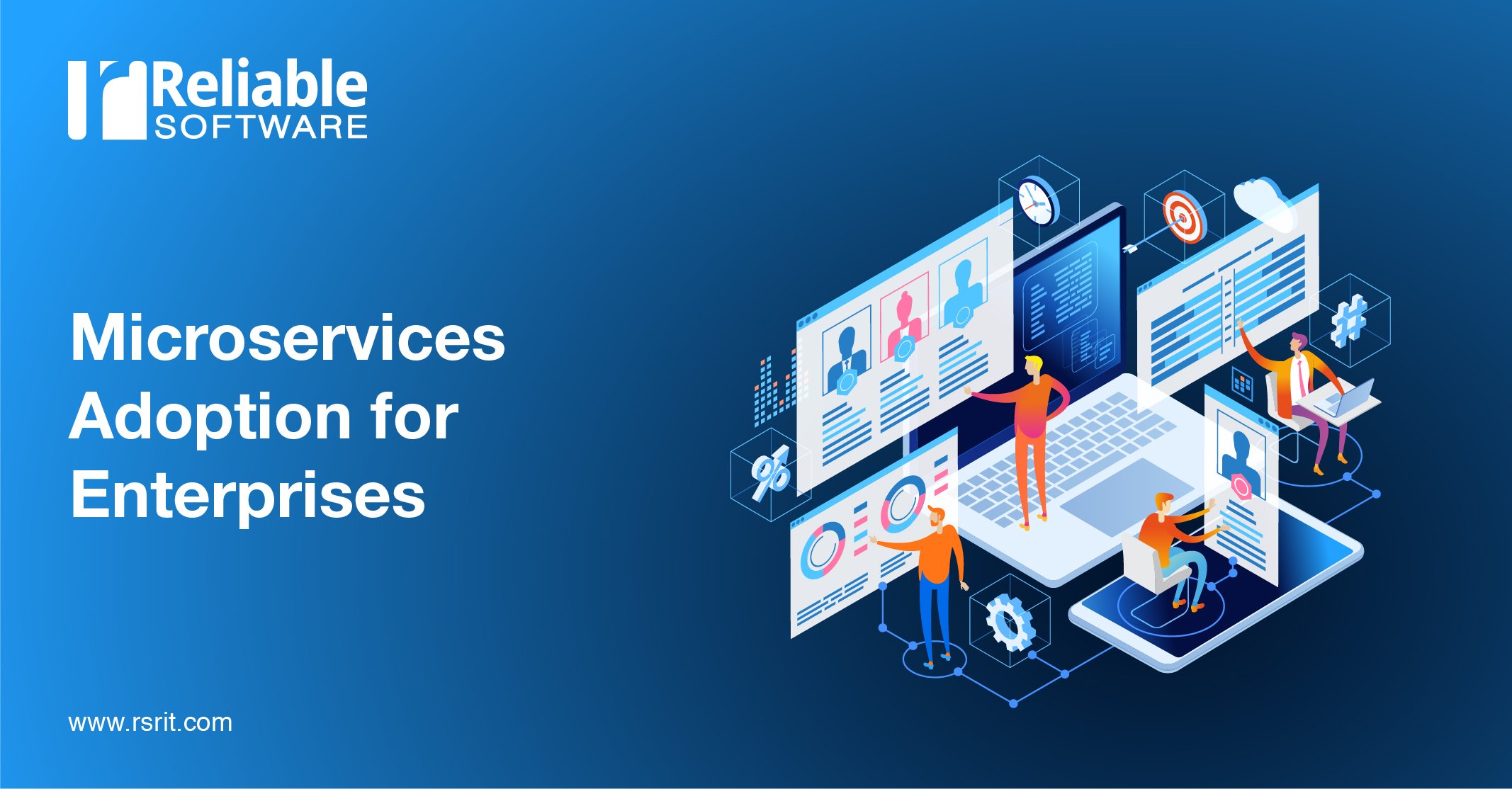Every day is a new learning opportunity with the adoption of change. In the IT industry, the adoption of services is a leapfrog according to the changing marketing trends and technologies. The more suitable you are at breaking down your architecture into synchronized components, the quicker you can evolve and scale your application to meet required changes and usage patterns. Microservices architecture [service-oriented architecture (SOA)] is a trending solution for developing distributed software systems.
Microservices Architecture Design Considerations:The main considerations to help enterprises be successful while implementing existing infrastructure:
- Security: It is the most important facet while designing Microservice architecture. Always strong authentication and authorization tools must be present to ensure data security for internal/external users. API’s Gateway used by Microservices needs to be secured and cannot be accessed behind the gate.
- Data Integrity and Data Consistency: Data is an asset. Enterprises are very particular about data ; and want 100% surety about data integrity and data consistency during Microservices implementation. Across all business lines, it is tough to maintain data consistency altogether.
- Monitoring & performance: The focus for adopting Microservices is to get high performance, agility, scalability, and reliability. Enterprises are evolving with a robust monitoring system so that all platforms, services, and APIs sync will be an organized structure. Enterprises are adopting microservices to manage important parameters with technology standards, and best practices.
- Services communication: During microservice architecture design, one must make an informed decision of whether to follow the synchronous or asynchronous approach. Because the microservice implementation is critical when multiple services communicate altogether for a single transaction. To optimize, we can employ these design patterns:
- Saga Pattern
- API Gateways
- Command Query Responsibility Segregation (CQRS)
- Event Sourcing
- Service Mesh
- Service Discovery: It is essential to have a proper service discovery mechanism so that communication is correct with the right service on the service registry. For a robust service discovery model, it is important to have a 24x7 service registry configured to hold the service locations.
- Quality Assurance: Microservices handle requests by passing messages between services. As the number of services increases, automated testing is essential to ensure all the interactions and communications are thoroughly tested, including unit tests, integration tests, component tests, and contract tests.
Microservices is the re-architecture of your giant monolith application into loosely connected smaller services, which can run independently with each other, yet work in perfect harmony which will give you a smoothly running business application.
Ensure microservices implementations do not turn into distributed monoliths. Contact us for the more information.



